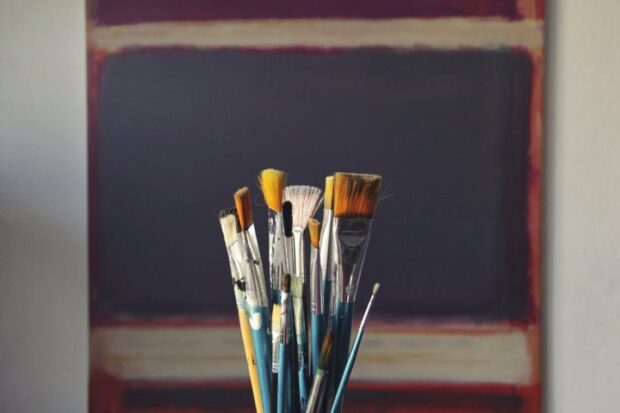A Beginners Guide To Buying Art
While art is certainly a deeply personal thing, it may come as a surprise that dog eared celebrity posters and that collection of empty beer bottles are not counted as high-quality art, no matter how artistically you try to display them. However, that does not mean that art has to be boring, created by men of old. It can be funky and fresh, created by artists such as Dellamarie Parrilli. Here, we look at some of the things that a beginner should think about when it comes to buying art.


Know what you like
While your art could become more valuable over time, even the most snooty of art experts would advise you to make your purchase largely on the basis that it would bring you pleasure to have it in your room. Spend some time thinking about what you like. What kind of medium are you drawn to, and what kind of look are you drawn to? Do you prefer certain artists over others, and why? The answers to these will make sure you buy a piece that you are going to enjoy for a long time.
Be aware of your budget
Be practical, but be hopeful. Have you got any wiggle room? Keep an eye out for more established artists, and purchase original works or limited edition prints from them. If you just have a small amount to spare, you’re not condemned to art by complete unknowns, but you may want to look at artists early in their careers and see if they have prints or reproductions available. Mediums are essential, too. Generally speaking, fine art photography sells at a higher price than conventional oil paintings, for example.
Do your research
Do your homework. Learn about local artists creating your favourite style by visiting galleries and watching exhibits. Talk to curators about the artists in your price bracket, and find out what other people are thinking about who you want to help. Join online local art forums and ask for advice and recommendations.
Consider the scale
One of the biggest mistakes people make is not the style of the art or the colour, but the scale of it. Buy something that is too big for the space that is intended for, it will look overpowering. Buy something too small, and it will get lost. A good piece of art should be a focal point and draw the eye, but not overwhelm a room.
Have a theme
Your collection of art should be an extension of your desires and passions. A lot of great collections have a theme that runs through them. The pieces may be diverse, but they may be linked by theme.
Consider the long term
Burgeoning collectors should not just buy what immediately captivates them. Ask yourself how something could look like when you know more, how something could look like over time. Perhaps look at buying something that you find challenging to begin with, but think about how you may feel about in five or ten years down the line.